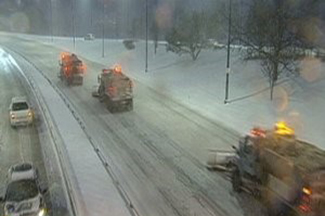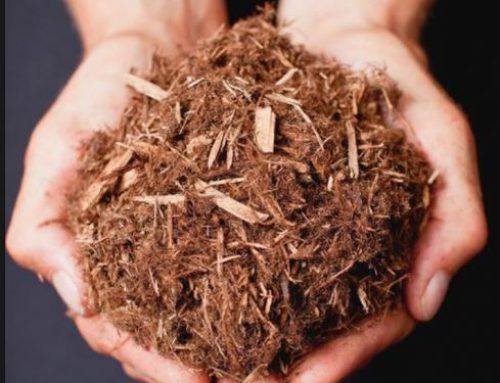Posted by: Kim Riebel – January 28, 2019
Baby, it’s cold outside.
One thing we can always count on in Illinois is that winter is coming. We were reminded of its inevitability on November 25th with an overnight snowfall accumulation of 10 to 13 inches in Chicago and the surrounding suburbs.
This blizzard was one of the heaviest November storms in our local history, and wreaked havoc on commercial properties.
Our first snowstorm of 2019 descended late Friday evening on January 18th with anywhere from 6 to 14 inches of drifting and heavy snow. The weeks following doesn’t promise a reprieve, but bitter cold temperatures falling way below zero.
Sebert Landscaping crews have been busy. We have been managing the clearing of our commercial properties of the white, wintery mix of snow and slush, as well as its frigid, frozen counterpart: ice. But that doesn’t mean we aren’t thinking ahead about what we’ll find on properties after that snow melts. Many Illinois commercial property managers are wondering how this harsh winter will affect their landscapes, and we can help you prepare as we look forward to spring.
Harsh Winter Challenge #1: Salt Damage
As the piles of snow grow taller and thickness of ice builds up during this seemingly endless winter, there’s one product that is being used in larger quantities this year: Salt, from sodium chloride to calcium chloride.
While the salt is doing its work now to help keep the roads less slick and slippery, once the winter melts away, we’re left with possible salt damage on commercial landscape turf. You might notice brown grass near the roads or along the edges of walkways, driveways or parking lots. It’s just natural that as the snow is moved around by plows, that some of this salt will find its way into turf areas.
Early in spring, Sebert crews will be on the case to help repair the damage. We’ll be irrigating the affected areas to wash away the salt or deicing products from the grass and get it through the soil away from the turf or plant roots. Some slow, deep watering, in addition to well-timed fertilizer applications, will speed up turf recovery.
Harsh Winter Challenge #2: Broken Branches
Winter storms bring strong winds and heavy snow and ice. While trees in dormancy are usually protected against most of winter’s worst, especially if they received adequate watering, mulching and care the previous fall, sometimes Mother Nature delivers heavy blows.
In early spring, Sebert crews, who specialize in commercial property landscape maintenance will be trimming away any dead or broken branches from commercial property trees to ensure trees can refocus energy on their healthy components and to keep the property safe for those who visit, work or live there.
Next Steps: Spring Ahead!
Don’t let the winter blues get your commercial landscape down. Early spring is an essential time for landscape care and maintenance. Once those first rays of new season sunshine peek through the clouds, Sebert Landscaping will have your property recovering from Mother Nature’s worst mood swings.
Give us a call at 630-497-1000 or use submit a request through our website’s contact form so we can discuss your spring landscape plans.
Written by Kim Riebel
 Kim Riebel, Director of Marketing and Sales for Sebert Landscaping, oversees all new business development activities for the company’s lawn maintenance and snow removal services. Having joined Sebert in 2004, Kim helped create a new five-person business development team for the company
Kim Riebel, Director of Marketing and Sales for Sebert Landscaping, oversees all new business development activities for the company’s lawn maintenance and snow removal services. Having joined Sebert in 2004, Kim helped create a new five-person business development team for the company







